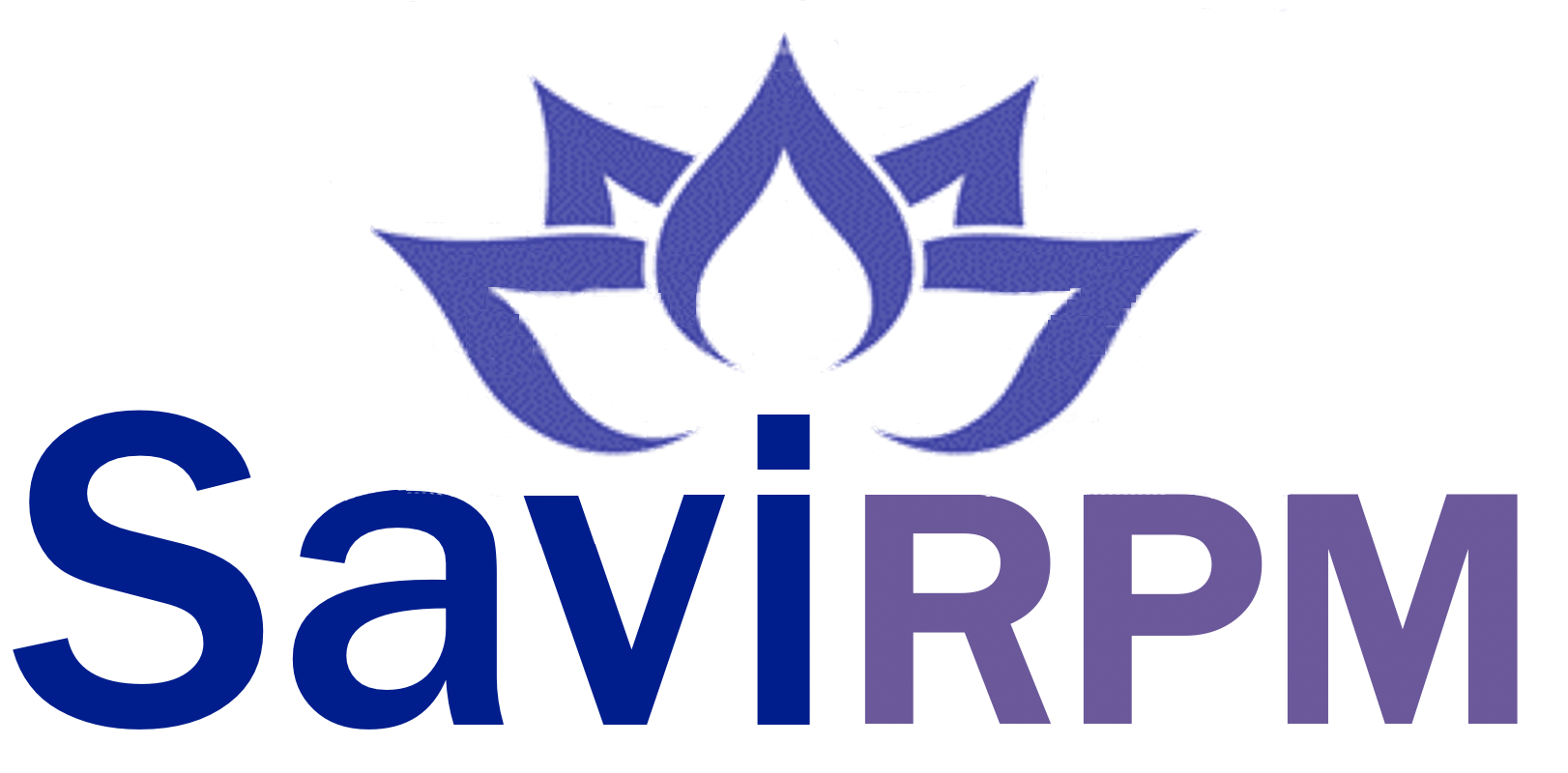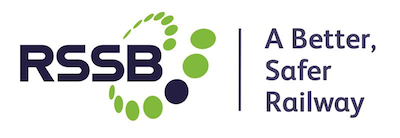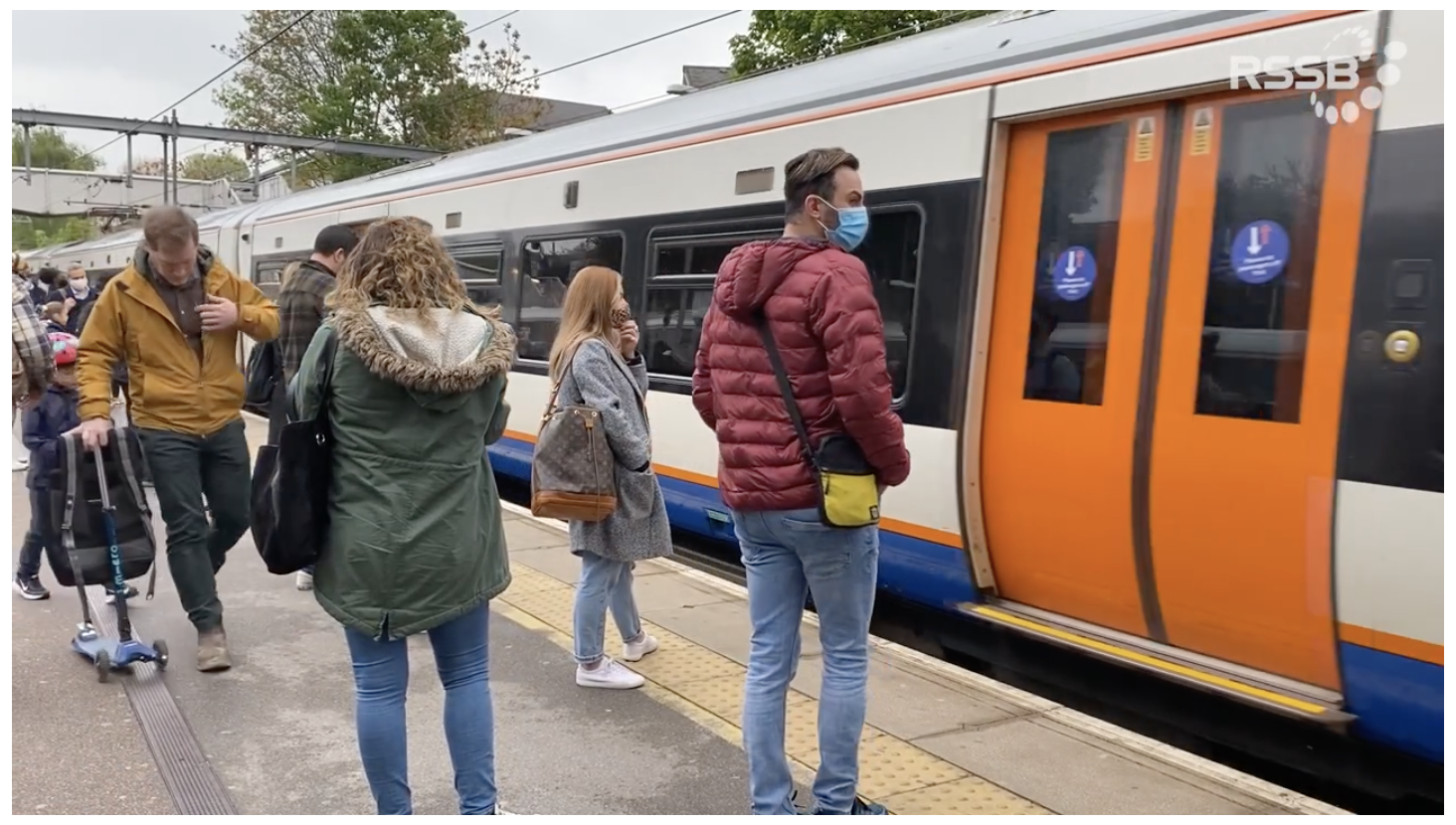


Increased risk of long dwell with passenger social distancing and peaks in demand
A case study in partnership with RSSB and GWR
“Using SaviRPM we were able to understand the possible system wide performance impacts resulting from relatively small individual service issues, such as taking an extra 10 seconds to board a train"
Robert Staunton, Research and Innovation Account Manager, RSSB
The challenge
As train operators welcome passengers back to the railway, the industry needed to understand the impact of increasing numbers and continued social distance to better manage network performance. Good performance would play a key role in rebuilding passenger confidence in the railway.
What we did
This RSSB led research modelled the effects of social distancing at the Platform Train Interface (PTI). The work involved two modelling tools:
- RateSetter, a pedestrian modelling tool developed by University of Sheffield, focussed on design-solutions to PTI, platforms and station challenges
- SaviRPM, modelling the performance impacts of alighting and boarding times on services in the GWR region.

What we found
Ratesetter showed that, not surprisingly, social distancing increases the boarding and alighting time. But the question is: could this impact dwell times and cause potential delays on individual train services? Also, could this lead to cascading delays across the rail network?
To answer this question, RSSB asked Risk Solutions to use SaviRPM to identify where and how performance risks might emerge. The analysis concluded that social distancing only affects performance during periods of higher passenger loading at certain station hotspots. Other services and locations are not likely to be affected.
This preliminary modelling and data analysis show that the overall performance impact at a system level is not large, in the region of 1.5% on average. However, there may be circumstances that cause more significant impact at a local level or for particular service groups. Therefore, operators were advised to continue to gain better intelligence of their network by collecting data and understanding where localised conditions might create these lateness hotspots.
“Using SaviRPM allowed us to apply and extrapolate RateSetter research outputs to create tangible recommendations that the industry could use"
Giulia Lorenzini, Senior Partnership and Grants Manager, RSSB
How RSSB used this information
RSSB promoted the results of the research to the rail industry through performance meetings, seminars and publishing the results of the project.
Using SaviRPM
- We set up SaviRPM and created a set of modelled baseline results for a day of 3,375 services using the December 2019 timetable, for all operators in the GWR modelled area. A series of alternative scenarios were then modelled to explore how passenger numbers and social distancing might affect train dwell times at stations.
- We used interactive visualisations to analyse the results of each scenario in detail, comparing service lateness with the baseline and between scenarios, and looking for evidence for extended dwell times due to passenger alighting and boarding, and whether this affects service performance.
“Discussing each iteration of modelling results with the Risk Solutions modelling team meant we could explore emerging results early on in the project, and rapidly direct our attention to the most important aspects that could affect service performance. This provided us with early insight and allowed us to make the most of our research resources."
Robert Staunton, Research and Innovation Account Manager, RSSB
The modelled results
- Social distancing increases boarding / alighting times
- The impact of social distancing is larger for more heavily loaded doors (those with more than 10 passengers boarding and alighting).
- Longer boarding and alighting time is likely not to be a widespread risk, but localised at certain ‘hot spots’. These ‘hot spots’ are stations characterised by timetabled dwell times of 1 minute or less.
- The impact on overall service performance using the CP6 metric (>1 min late) will vary for different operators, routes and service groups. However, the impact is larger on frequently stopping local or commuter services with shorter timetabled dwells. Based on the modelling these can experience in the range of 2% to 7% fewer on-time service stops averaged across a full 24-hour period.

“The flexibility of the Savi RPM model is really impressive. It could take a discrete insight or scenario and quickly and dynamically apply this across a network to see the very important cumulative effects providing actionable insight in a short time."
Robert Staunton, Research and Innovation Account Manager, RSSB
To find out more… and see the interactive visualisations in action
contact us: savi@risksol.co.uk